12 Of The Most Secluded Towns In The Smoky Mountains – Secret Corners Of The Smokies
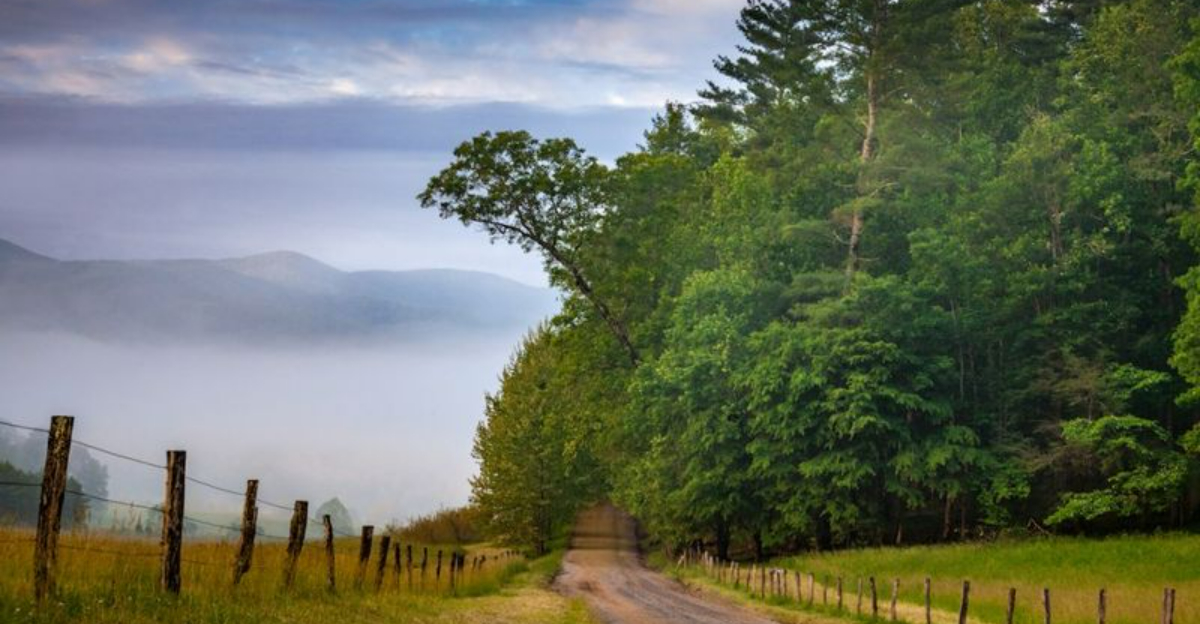
Nestled within the misty folds of the Great Smoky Mountains lie hidden communities that time seems to have forgotten. Away from the tourist crowds of Gatlinburg and Pigeon Forge, these secret mountain towns offer a glimpse into authentic Appalachian life.
If you’re yearning for peace, breathtaking scenery, and genuine mountain culture, these secluded corners of the Smokies might just be your perfect escape.
1. Cosby – The Gateway to Forgotten Valleys
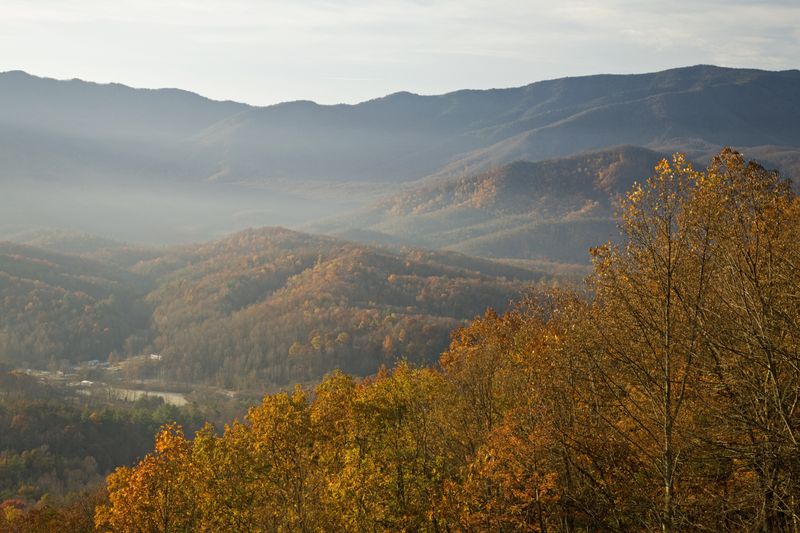
Many travelers zoom past this tiny community on their way to more famous destinations. Located on the northeastern edge of the park, Cosby offers some of the most stunning hiking trails with far fewer footprints than the popular routes.
The locals here still practice mountain traditions passed down through generations. Apple orchards dot the surrounding hills, producing some of the sweetest fruit you’ll ever taste.
If you’re looking for authentic moonshine history without the touristy flair, the backroads here tell tales of prohibition-era stills and mountain outlaws that feel remarkably present.
2. Greenbrier – The Wildflower Wilderness
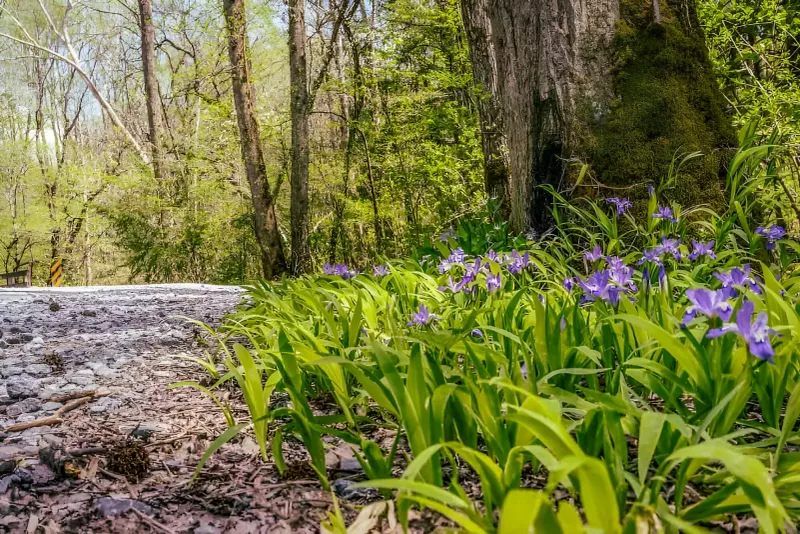
Just a short drive from Gatlinburg sits this verdant valley that feels worlds away from civilization. During spring, wildflowers carpet the forest floor in a spectacular display that few tourists ever witness.
The Little Pigeon River tumbles through this secluded area, creating peaceful swimming holes and fishing spots known only to locals. Stone foundations and chimneys remain as ghostly reminders of the thriving community that once called this valley home.
You’ll find no gift shops or traffic jams here—just the whisper of wind through old-growth forests and the occasional wild turkey crossing abandoned logging roads.
3. Tremont – Scholar’s Retreat in the Forest
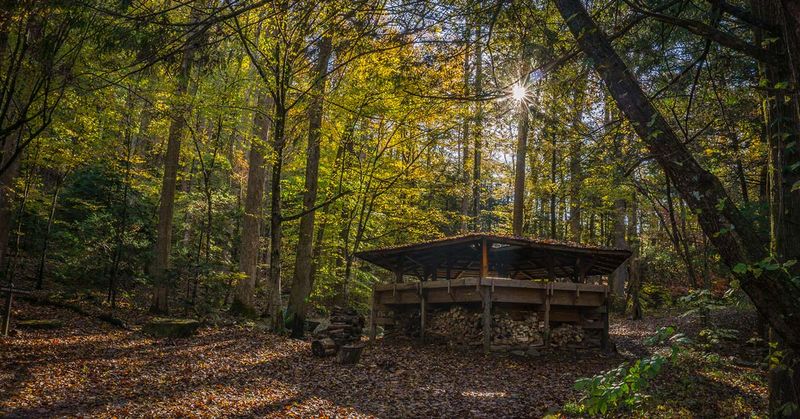
Hidden along Middle Prong Little River, Tremont houses a renowned nature institute where you can learn mountain secrets from expert naturalists. The road ends at this quiet community, keeping casual tourists at bay.
Wandering through Tremont feels like stepping back in time. Abandoned railway tracks from logging operations snake through the forest, now serving as silent paths for hikers seeking solitude.
Did you know this area was once a bustling logging camp? Now reclaimed by nature, it offers some of the most pristine watersheds in the park, where native brook trout dart through crystal-clear pools virtually undisturbed by human presence.
4. Cataloochee – Valley of the Elk
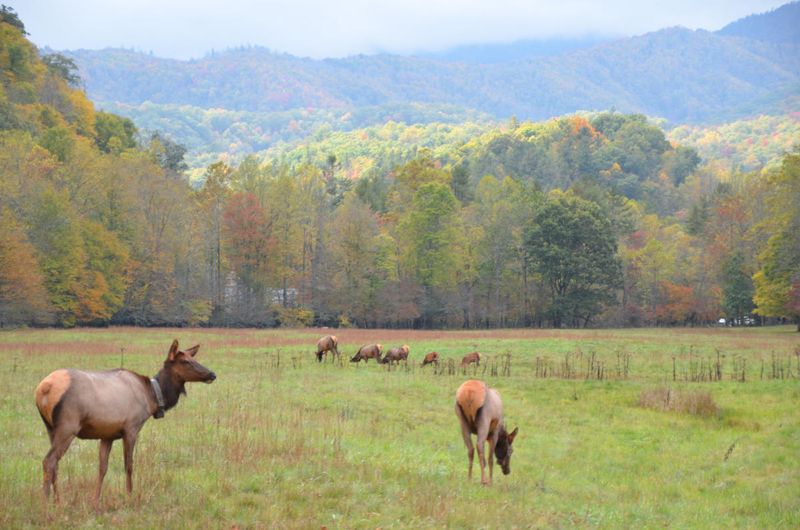
Reaching this hidden valley requires navigating a narrow, winding gravel road that keeps all but the most determined visitors away. Your reward? A chance to watch majestic elk roam freely through mountain meadows at dawn and dusk.
The preserved historic buildings tell stories of a once-thriving mountain community. Palmer Chapel, the schoolhouse, and several farmhouses stand as if their residents just stepped out momentarily.
If you visit in fall, the valley’s isolation means you can enjoy spectacular foliage displays without fighting crowds. The surrounding mountains create a natural amphitheater where bugling elk calls echo hauntingly through crisp mountain air.
5. Elkmont – Ghost Town of the Wealthy
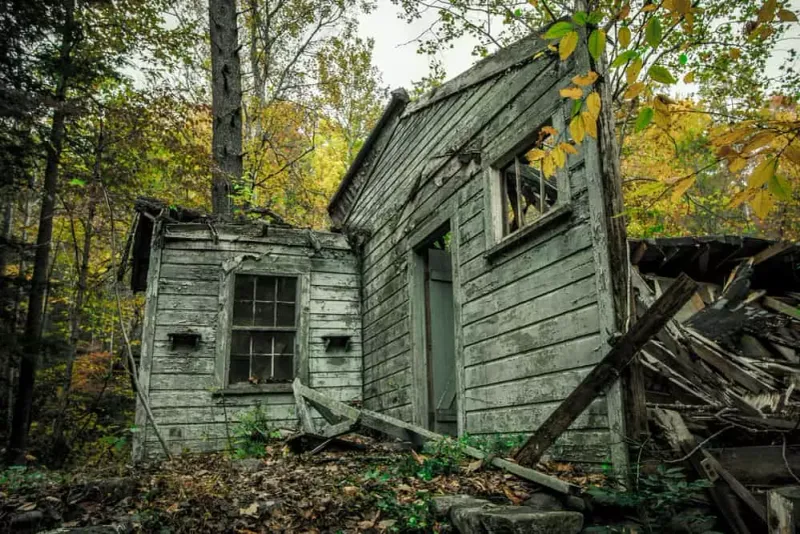
What makes this abandoned resort community fascinating is its dual history. Once a logging town, it transformed into an exclusive vacation retreat for Knoxville’s elite in the early 1900s.
The decaying vacation cottages along Jakes Creek tell silent stories of summers past. Though more visitors discover Elkmont each year, its location deep in the park ensures it remains relatively secluded, especially in off-seasons.
When night falls in early June, one of nature’s most magical displays occurs here. Thousands of synchronous fireflies perform their mating dance, lighting up the forest in perfect unison—a phenomenon witnessed in only a handful of places worldwide.
6. Cades Cove – Dawn’s Secret Paradise
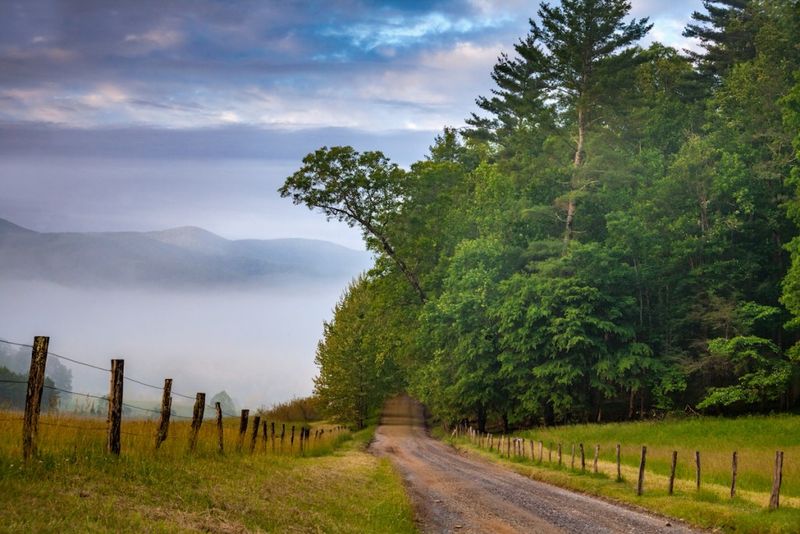
Though popular during peak hours, few visitors experience the true magic of Cades Cove at sunrise. Arriving before dawn rewards you with a mystical landscape where fog drifts across historic homesteads and deer graze peacefully in dew-covered fields.
The 11-mile loop road closes to vehicles on Wednesday and Saturday mornings until 10 AM during summer. These car-free mornings transform this valley into a peaceful paradise for cyclists and walkers seeking solitude.
Hidden trails branch off from the main loop, leading to secret waterfalls and overlooks that most tourists never discover. The Rich Mountain Road offers an escape route that few travelers know about.
7. Fontana – The Forgotten Lakeside Community
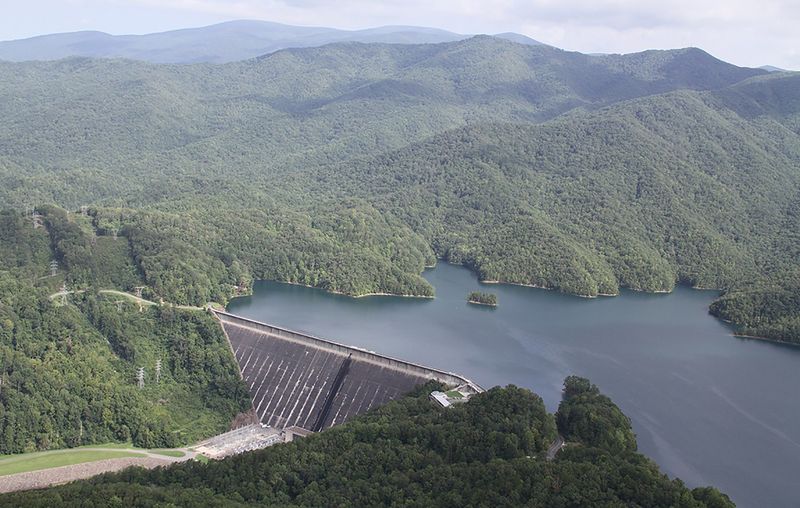
Tucked against the southwestern border of the park lies this remote lakeside hamlet. The creation of Fontana Dam in the 1940s flooded the original town, forcing residents to relocate to higher ground.
Today, the small community offers breathtaking views of the deepest lake east of the Mississippi. The Appalachian Trail crosses Fontana Dam, bringing through-hikers to this isolated spot for brief resupply stops before they vanish back into the wilderness.
Have you heard about the road to nowhere? It starts near here—a broken promise by the government to replace the highway flooded by the dam. The unfinished road ends abruptly at a tunnel, symbolizing this region’s complicated relationship with progress.
8. Pittman Center – Sanctuary of Mountain Learning
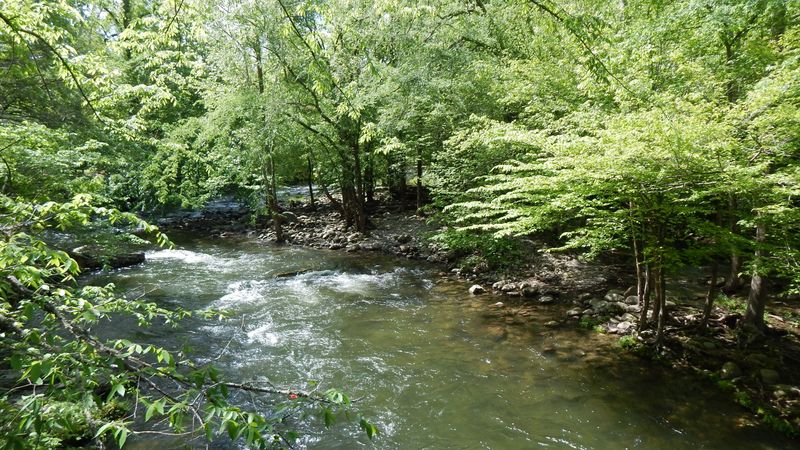
Founded as a mission school in 1921, this tiny community between Gatlinburg and Cosby preserves Appalachian traditions while remaining largely undiscovered by tourists. The Dr. Eugene W. Huskey Environmental Center continues the educational legacy started a century ago.
River otters play in the clear waters of the Little Pigeon River that runs through town. Local artisans practice traditional crafts in small workshops hidden among the trees, creating treasures you won’t find in commercial gift shops.
For those seeking authentic mountain cuisine, a few family-owned eateries serve recipes passed down through generations. Their cornbread and soup beans might change your understanding of simple, honest food forever.
9. Big Creek – Hikers’ Secret Basecamp
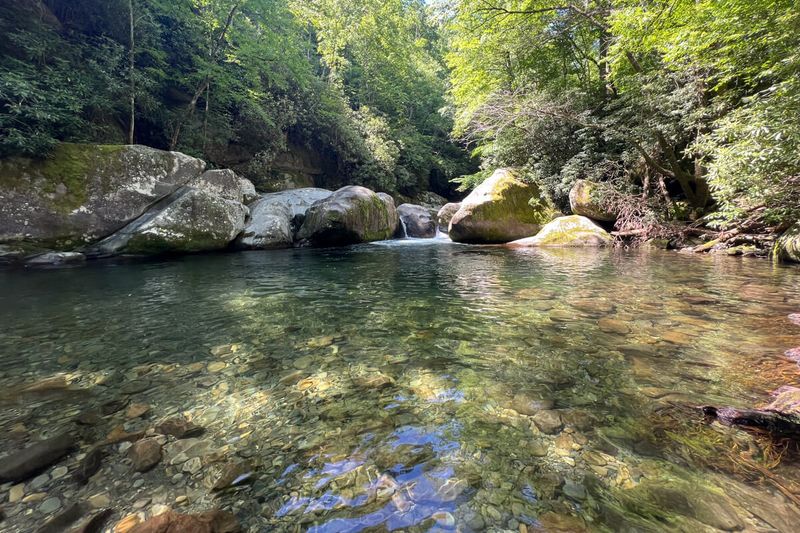
Accessed via a narrow road from Interstate 40, this remote corner of the park serves as the starting point for some of the most spectacular yet least-traveled trails in the Smokies. The roaring waters of Big Creek provide a constant soundtrack to this hidden paradise.
The historic ranger station and campground occupy the site of a former logging community. Moss-covered remnants of logging operations peek through the forest floor, slowly being reclaimed by nature.
Mouse Creek Falls and Midnight Hole offer swimming spots of unparalleled beauty just a short hike from the campground. Even during summer weekends, you might find yourself alone in these pristine natural pools, wondering why more people haven’t discovered this slice of heaven.
10. Wear Valley – The Quiet Side of the Smokies
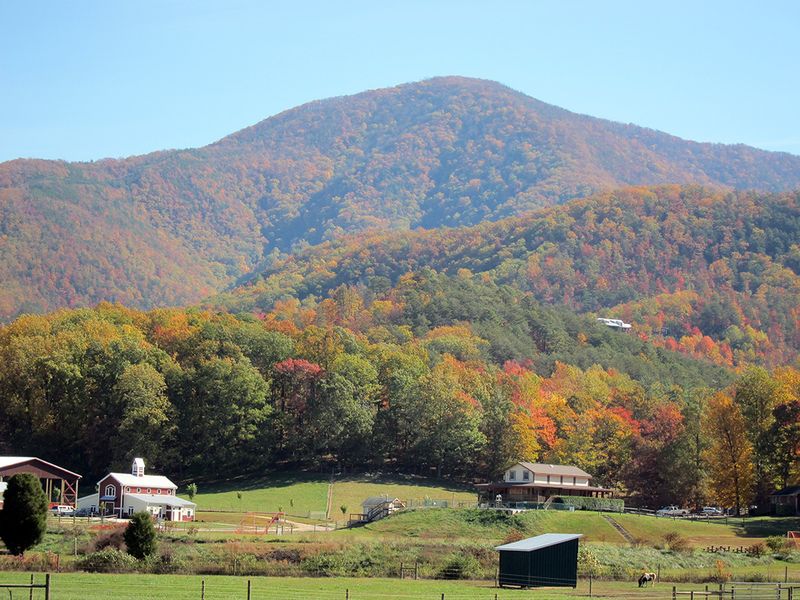
Locals affectionately call this area “the peaceful side of the Smokies.” Sandwiched between Pigeon Forge and Townsend, Wear Valley somehow remains overlooked by the tourist masses rushing between more famous destinations.
Family farms still operate in this fertile valley, growing produce sold at roadside stands throughout summer. The back entrance to the national park via Metcalf Bottoms provides access to uncrowded picnic areas and swimming holes.
Have you noticed how the quality of light differs here? Artists have, which explains the small colony of painters and craftspeople who’ve established studios in renovated barns and cabins throughout the valley, creating works inspired by the surrounding beauty.
11. Ocanaluftee – Cherokee Gateway to Solitude
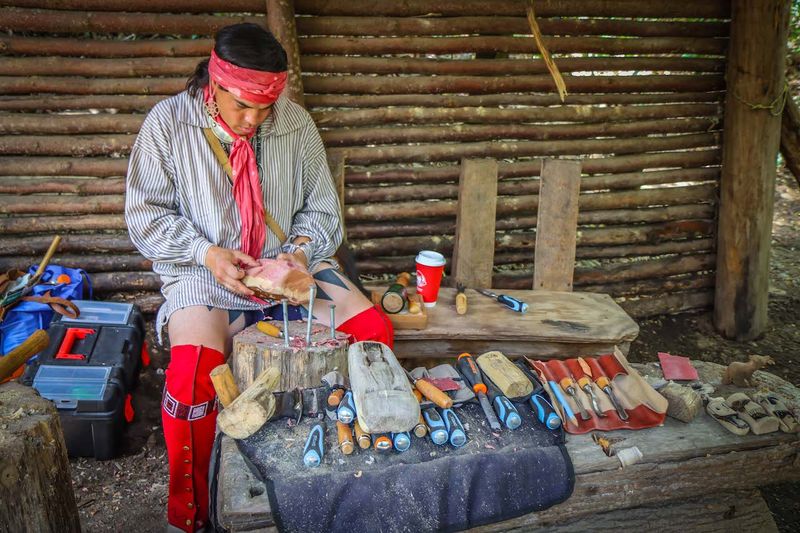
While the visitor center here draws crowds, few venture beyond into the surrounding community where Cherokee traditions remain vibrant and alive. The Oconaluftee River Valley holds centuries of Native American history within its peaceful boundaries.
Traditional artisans practice basketmaking, pottery, and woodcarving in small workshops scattered throughout the area. Their work represents unbroken traditions dating back countless generations before European contact.
The lesser-known trails leading from this valley into the park offer solitary experiences even during peak season. Following ancient paths once used by Cherokee hunters, you might discover hidden meadows filled with medicinal plants still harvested by tribal herbalists today.
12. Calderwood – The Drowned Mountain Town
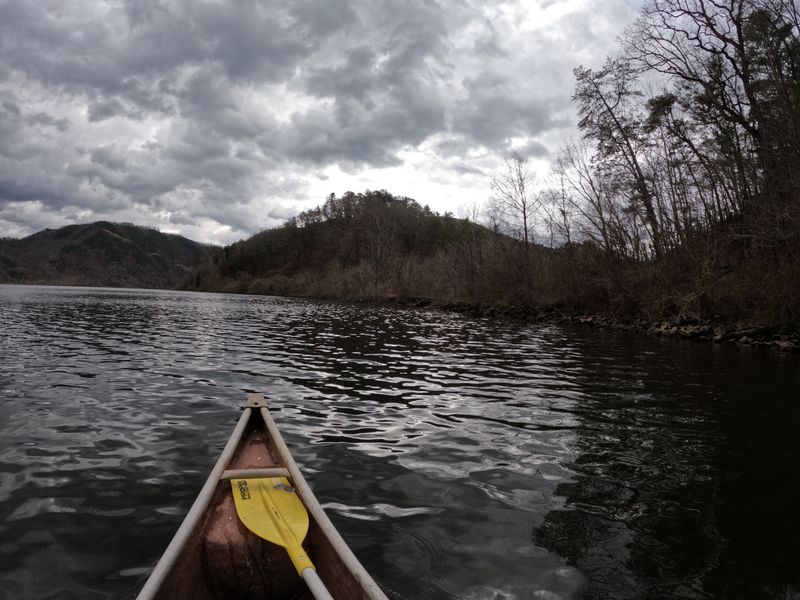
Perhaps the most mysterious of all Smoky Mountain communities, Calderwood now lies mostly beneath the waters of Calderwood Lake. Created by damming the Little Tennessee River in 1930, the reservoir claimed a once-thriving logging town.
During drought years, stone foundations emerge from receding waters like ghosts from the past. The few remaining structures above water provide glimpses into the area’s industrial history, when the Aluminum Company of America built a self-contained company town here.
Fishermen know this remote spot for its exceptional smallmouth bass fishing. Kayakers paddle quietly across the lake’s surface, sometimes feeling the eerie presence of the community slumbering beneath their boats in this forgotten corner of the Smokies.
